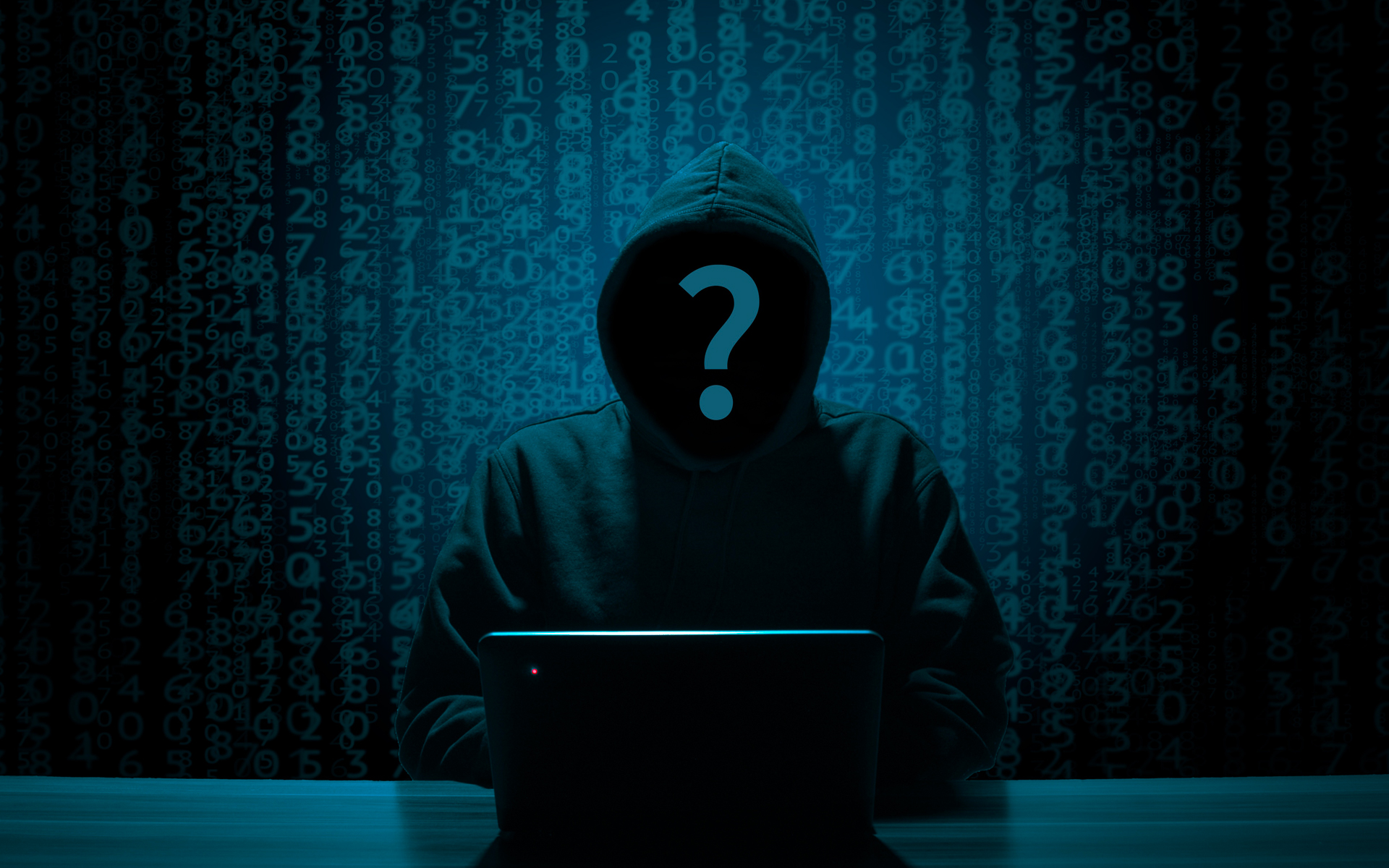How to protect ourselves in front of hackers and cyber attacks

In the last decade, whether we wanted or not, the technology and the Internet have become part of our lives. With the execution of the elderly, the majority interacted and interact at least once a day with an internet connected device.
This huge network, internet, connects about 15 billion devices. From mobile phones, smartphones, computers, TVs, laptops and tablets, up to medical systems and equipment, industrial, educational and research.
On the Internet you can do almost anything. From meetings and marriages online, until bank transfers, control of air conditioning and remote electrical equipment, the feeding of the cat or a dog, the purchase of movable and immovable goods, and even control of heartbeat for the sick.
Pana in 2020 it is estimated that this labyrinth, called the Internet, will connect over 50 billion devices, which will allow hackers to infiltrate our electronic appliance and computer systems.
Major targets targeted by hackers are the big companies, where industrial espionage is practiced, banking institutions, Research institutes, educational ones, government institutions and business environments.
Of course not the ordinary user, so -called “home user” It is not exempt from cyber attacks launched by hackers. From a simple laptop, data of bank cards, Documents and confidential information what can cause damage to the victim.
According to a raph ofMerrill Lynch Global Research Since April 2016 worldwide cyber attacks have caused damage of about $ 575 billion.
How can we protect ourselves in front of hackers and cyber attacks
There have been many cases when anti-virus software manufacturers were overcome by hackers, and many computer systems were broken, even if they integrated protective software. Despite the huge investments that are made in online security, there will always be races to be exploited by hackers.
If you ask a hacker, which is the best method of protecting the information on a computer, laptop or smartphone, will tell you:
– Close all Wi-Fi connections, Bluetooth
– Remove the Internet cable from the device
– Do not connect the device to another that is connected to a local or internet network.
– Do not connect external hard drives or other data storage units.
Basically, a maximum security solution is the total isolation of the device. Preventing it to interact with any type of device or external network.
It is an impossible solution, as long as we are dependent on connections.
However, we remain at hand to secure our own devices connected to the Internet and be very careful what websites we access and what files we open from the e-mail.
Here are some security measures that any home user can easily apply:
- The constant update of anti-virus software, to recognize the phishing web pages and mallware applications that try to enter the system.
- Dual-factor authentication for online accounts, Biometric solutions and Data encryption stored and sent to the Internet.
- Periodic change of password and the use of one strong passwords containing characters made up of symbols (@#$%^), letters (a-z) and numbers (0-9).
- The system assessment by a hacker to identify possible vulnerabilities of the system.
- Avoid public Wi-Fi connections (airports, restaurants, cafes, and other public spaces where Free Wi-Fi networks)
- Copy of the reserve (backup) data, in a cloud service or on an external hard drive.
Last but not least, an important online protection factor represents it the education and attention of the user. Accessing websites for adults or which have illegal content, opening links by e-mail, without identifying the URL and investigating where it leads, can lead to hacker infiltration or confidential data.
How to protect ourselves in front of hackers and cyber attacks
What’s New
About Stealth
Passionate about technology, I write with pleasure on stealthsetts.com starting with 2006. I have a rich experience in operating systems: Macos, Windows and Linux, but also in programming languages and blogging platforms (WordPress) and for online stores (WooCommerce, Magento, Presashop).
View all posts by StealthYou may also be interested in...

